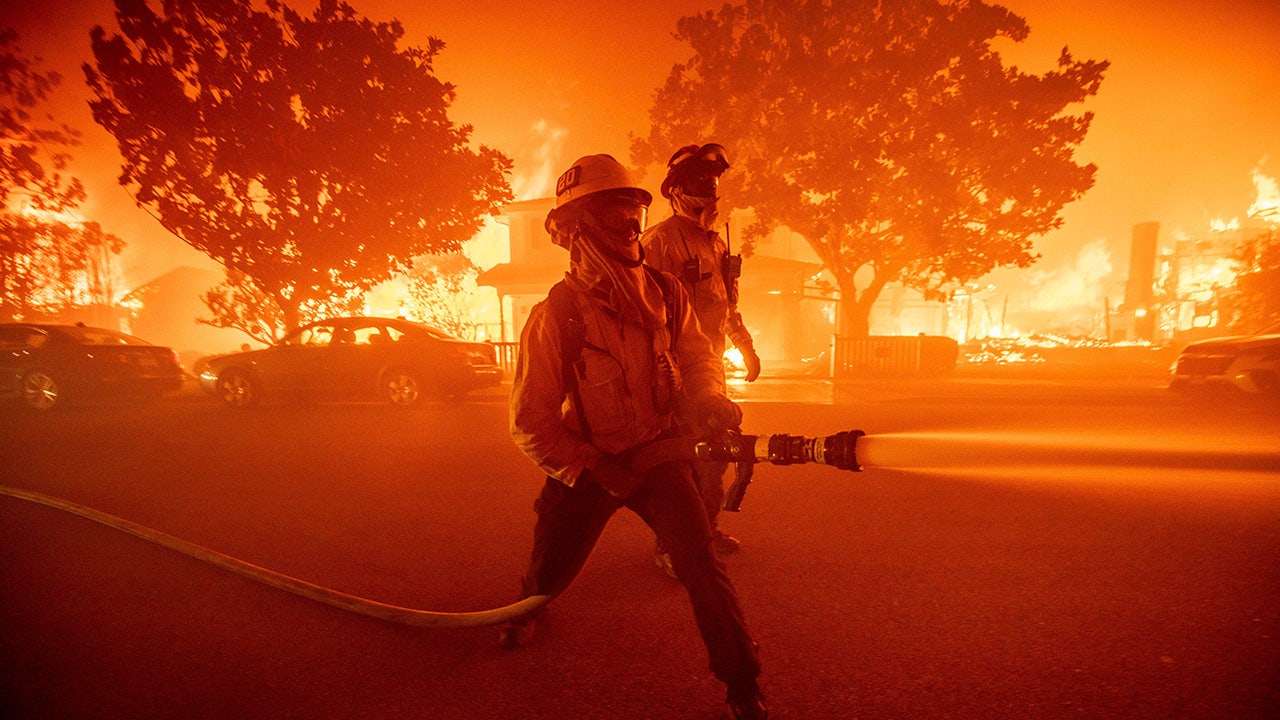Uniting Against the Flames: How Communities Can Prevent California’s Next Wildfire Disaster
As the sun rises over California’s picturesque landscapes, it casts a golden glow on the state’s breathtaking forests, mountains, and valleys. Yet, beneath this beauty lies a growing threat—wildfires. With climate change intensifying the frequency and severity of these infernos, communities are increasingly called upon to unite against the flames. The importance of collective action cannot be overstated; it can significantly mitigate the risks associated with wildfires. This article explores how local initiatives, community involvement, and strategic planning can safeguard both residents and the environment from California’s next wildfire disaster.
The Growing Threat of Wildfires in California
California has long been known for its diverse ecosystems, but it has also become infamous for its devastating wildfires. In recent years, the state has experienced some of the largest and most destructive wildfires in its history. According to the California Department of Forestry and Fire Protection (Cal Fire), the state saw over 4 million acres burned in the 2020 wildfire season alone, a stark reminder of nature’s fury exacerbated by human influence.
Several factors contribute to this escalating crisis, including:
- Climate Change: Rising temperatures and prolonged droughts have created conditions ripe for wildfires.
- Urban Development: Increasing population density in wildland-urban interfaces heightens the risk as homes are built closer to fire-prone areas.
- Forest Management: Years of fire suppression have led to an accumulation of fuel in the form of dead trees and underbrush, making wildfires more intense.
Community Action: A Crucial Element in Fire Prevention
While state and federal agencies play vital roles in firefighting and policy-making, community action serves as the backbone of wildfire prevention. By coming together, residents can create a powerful force for change, implementing strategies that protect both their neighborhoods and the environment.
Creating Fire-Resilient Communities
One of the most effective ways communities can unite against the flames is by developing fire-resilient neighborhoods. This involves:
- Education: The first step is informing residents about wildfire risks and prevention measures. Workshops, seminars, and community meetings can disseminate crucial information.
- Defensible Space: Homeowners should create defensible space around their properties by removing flammable materials, trimming trees, and maintaining landscaping that can withstand fire.
- Building Codes: Advocating for stricter building codes that require fire-resistant materials can significantly reduce the risk of homes igniting from embers.
By adopting these measures, communities can significantly increase their chances of survival during a wildfire event.
Neighborhood Watch Programs: Fire Safety Edition
Just as neighborhood watch programs work to reduce crime, similar initiatives can be tailored for fire safety. Residents can form groups to monitor fire hazards, share information about local risks, and assist neighbors in making their homes safer. This can include:
- Regular Inspections: Groups can organize days for inspecting properties for fire hazards and providing assistance in clearing flammable materials.
- Emergency Plans: Developing and practicing emergency evacuation plans ensures that everyone knows what to do when disaster strikes.
- Resource Sharing: Communities can create a resource bank, sharing tools and equipment like chainsaws or fire-resistant tarps to help neighbors prepare.
Engaging Local Organizations and Agencies
Collaboration with local organizations and agencies enhances community efforts against wildfires. Fire departments, environmental groups, and local governments can offer invaluable resources and expertise. Here’s how communities can partner with these entities:
Fire Department Engagement
Local fire departments often conduct community outreach programs aimed at educating residents about fire safety. Communities should:
- Invite Firefighters: Host events where firefighters can share their experiences and provide practical advice on fire prevention.
- Participate in Training: Encourage residents to participate in training sessions focused on fire safety and emergency response.
Partnerships with Environmental Organizations
Environmental groups often work on projects that promote healthy ecosystems, which can also reduce fire risks. Collaborating with these organizations can lead to:
- Restoration Projects: Involve community members in local restoration projects that improve forest health and reduce fuel loads.
- Awareness Campaigns: Launch campaigns that raise awareness about the importance of maintaining healthy landscapes.
Leveraging Technology for Fire Prevention
In today’s digital age, technology plays a vital role in wildfire prevention. Communities can harness various tools to enhance their preparedness:
- Fire Weather Apps: Utilize apps that provide real-time information on fire weather conditions and alerts.
- Social Media: Use social media platforms to disseminate information quickly during fire season, keeping residents informed.
- Drones and Sensors: Explore the use of drones and sensors for monitoring vegetation health and detecting fires early.
Government Support and Funding
Community efforts can be bolstered by government support. Local, state, and federal programs often provide funding for wildfire prevention initiatives. Residents should:
- Apply for Grants: Look for grant opportunities specifically aimed at wildfire prevention and community preparedness.
- Advocate for Policies: Engage in local politics to advocate for policies that prioritize fire prevention funding and resources.
Conclusion: A Collective Responsibility
Uniting against the flames is not just a slogan; it’s a necessary call to action. As California grapples with the growing threat of wildfires, communities must come together to implement effective prevention strategies. By fostering awareness, creating resilient neighborhoods, engaging with local organizations, leveraging technology, and advocating for government support, residents can significantly reduce their vulnerability to wildfires. The time to act is now—because together, we can safeguard our homes, our communities, and our beautiful state from the devastating impacts of wildfires.
See more Your Daily Weather



